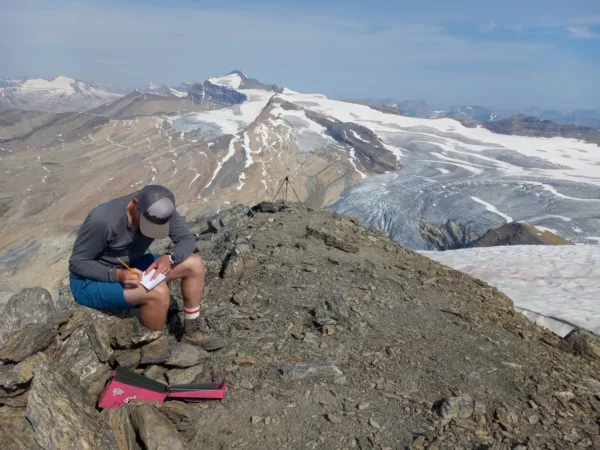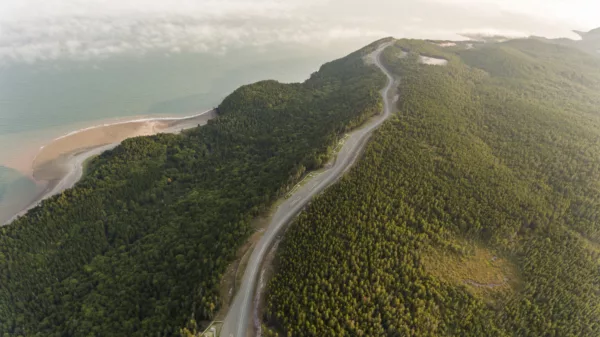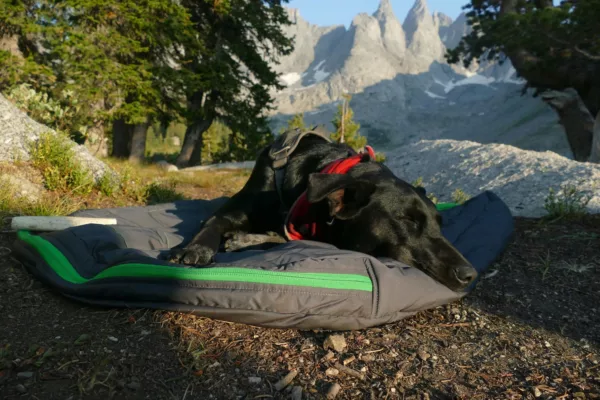5 Amazing Parks Near Major Canadian Cities
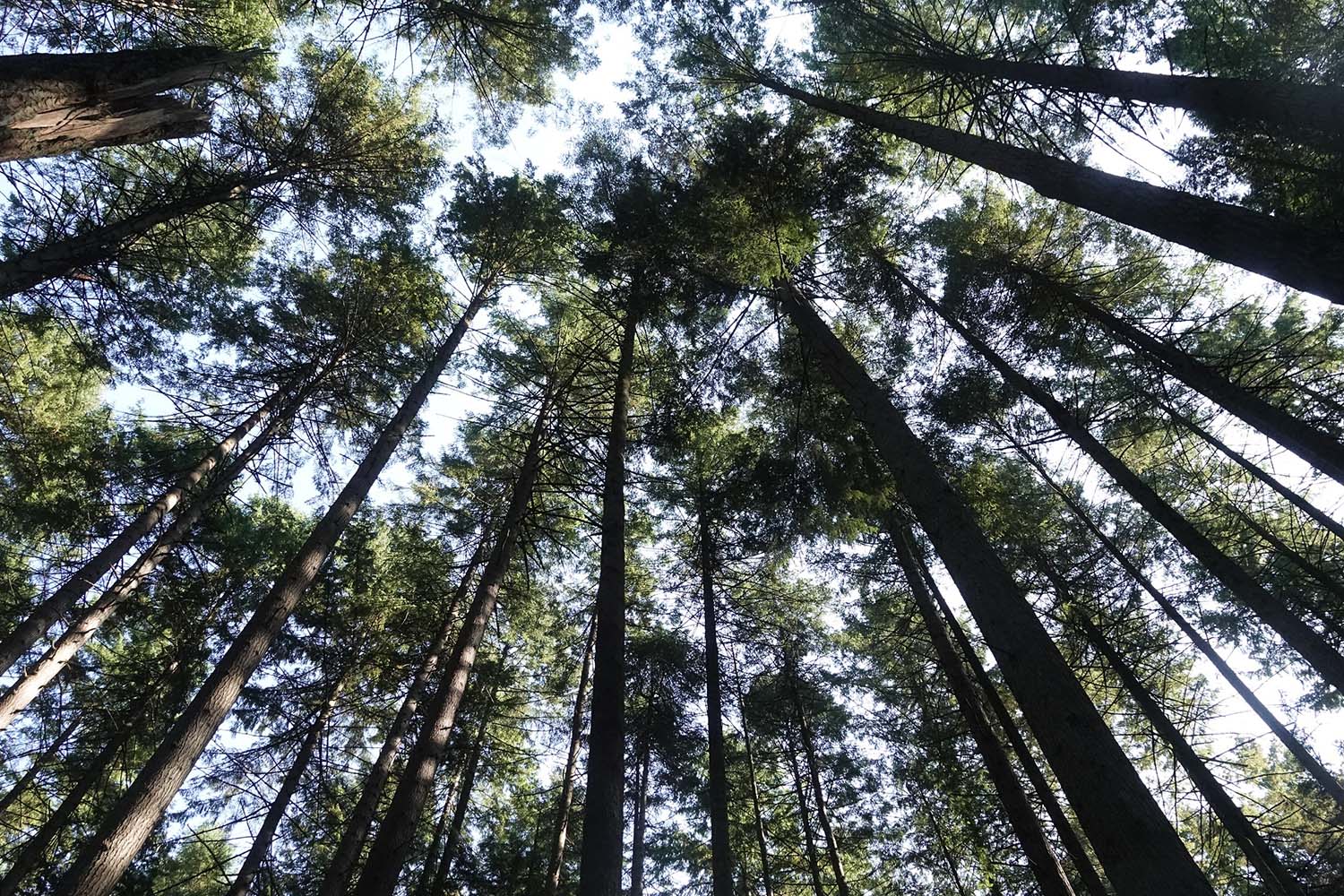
Okay, so you’re in a big city. You need a “nature break,” but you only have an afternoon to get away from the hustle and bustle of urban noise and crowds.
No problem, we have you covered. In Canada it seems you’re never far from some woods and water to help you decompress from big-city stress. Here are five amazing parks located within cities that you can get to quickly from the downtown areas, all accessible via public transit.
In each of these urban nature oases, you’ll be able to experience plenty of green space along with bird life—and, if you’re lucky, some interesting wild mammals.
Rouge National Urban Park, Toronto, ON
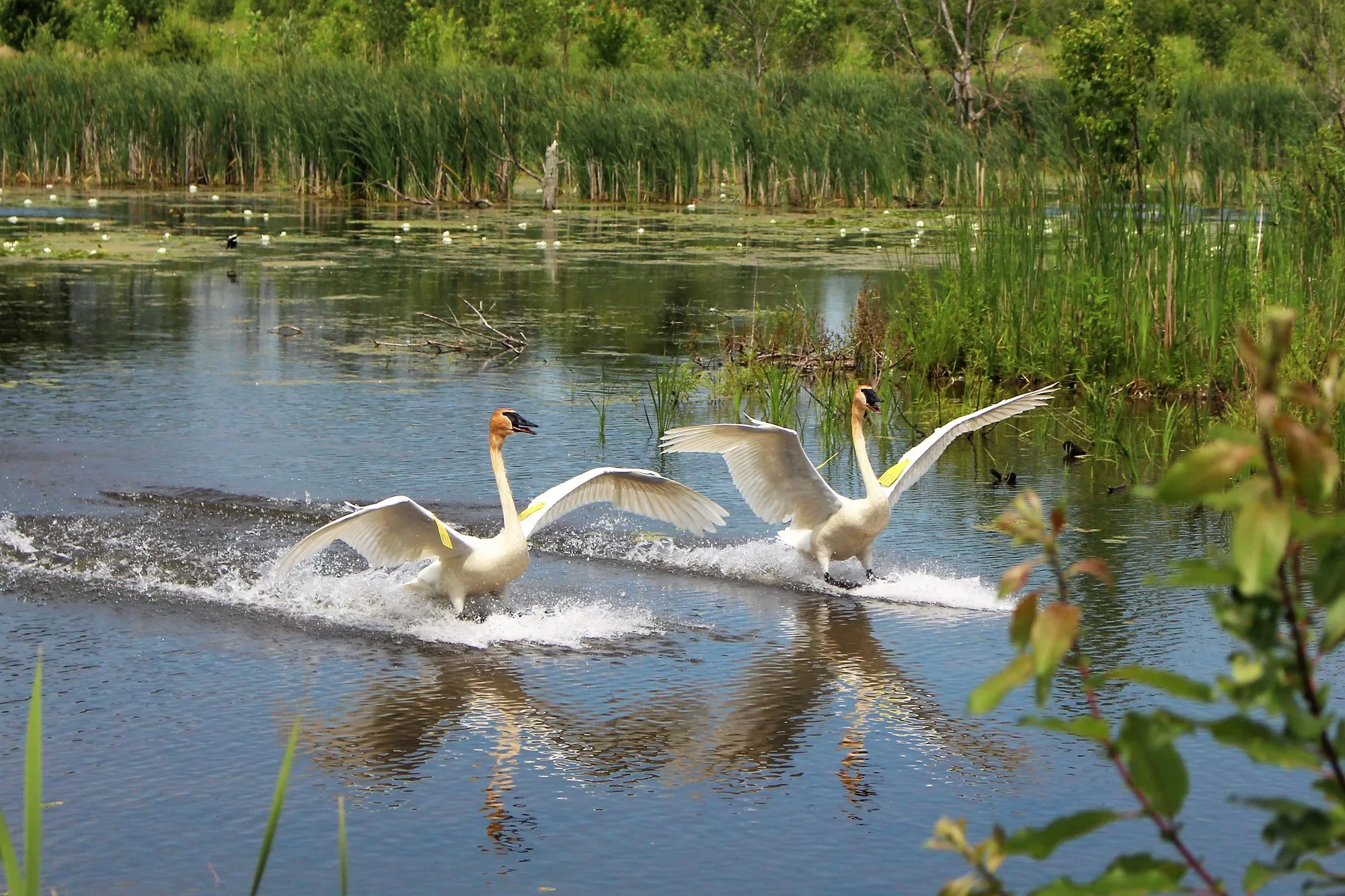 John Geary
John Geary
Canada’s largest urban national park, a birder’s paradise, borders the cities of Toronto, Markham and Pickering and the Township of Uxbridge, and offers many points of entry to its nearly 80-square-kilometres. It’s accessible by public transit so while you can drive there, you don’t have to.
When I visited, the trumpeter swans put on a show. They took off from the water, circled back, then came in for a perfect tandem landing, surfing across the pond before coming to a stop behind some marsh grass. A pair of much smaller pied-billed grebes took turns diving and surfacing close to the path.
In another part of Rouge Park, where the river empties into Lake Ontario, cliff swallows built nests under the bridge spanning the river.
This urban park is not just for birders, though. The waters, forests and beach offer opportunities for hiking, beach combing and paddling. In wintertime, you can snowshoe or cross-country ski.
Odell Park, Fredericton, NB
 Fredericton Tourism
Fredericton Tourism
Odell Park is a wonderful place for studying nature. University of New Brunswick forestry students participate regularly in compass and GPS work, forest ecology projects and fall camps, walking the trails to hone their skills.
The same qualities that make it an inviting outdoor lab also make for great nature getaways in New Brunswick’s capital city. Its 16 kilometres of trails wind through 175 hectares of mixed forest that include several trees over 400 years old. The 2.8-kilometre Arboretum Trail leads past 41 tree species native to New Brunswick.
In winter, bring your skis for the cross-country trails.
The park offers a few different access points, the main one being Waggoners Lane. The times I’ve visited there, I walked in from the junction of Smythe and Montgomery Streets. Any entrance is just a few minutes’ drive away from most city accommodations.
Assiniboine Forest, Winnipeg, MB

It’s not often you find a herd of white-tailed deer living within a city’s confines. But in Winnipeg’s Assiniboine Forest, you can—along with rabbits, bats, raccoons, beavers and weasels.
The Eve Werier Memorial Pond, in the forest’s centre, provides an observation area overlooking the water, great for viewing shorebirds or waterfowl.
The forest is located near a Winnipeg transit stop, between Chalfont Avenue and Shaftsbury Boulevard. Its 285 hectares contain 18 km of maintained multi-use trails.
One of the highlights is the Harte Trail, a former railway line, now part of the Trans-Canada Trail. Its crushed limestone surface makes it good for hiking or cycling its 6.5 kilometres.
Fish Creek Provincial Park, Calgary, AB
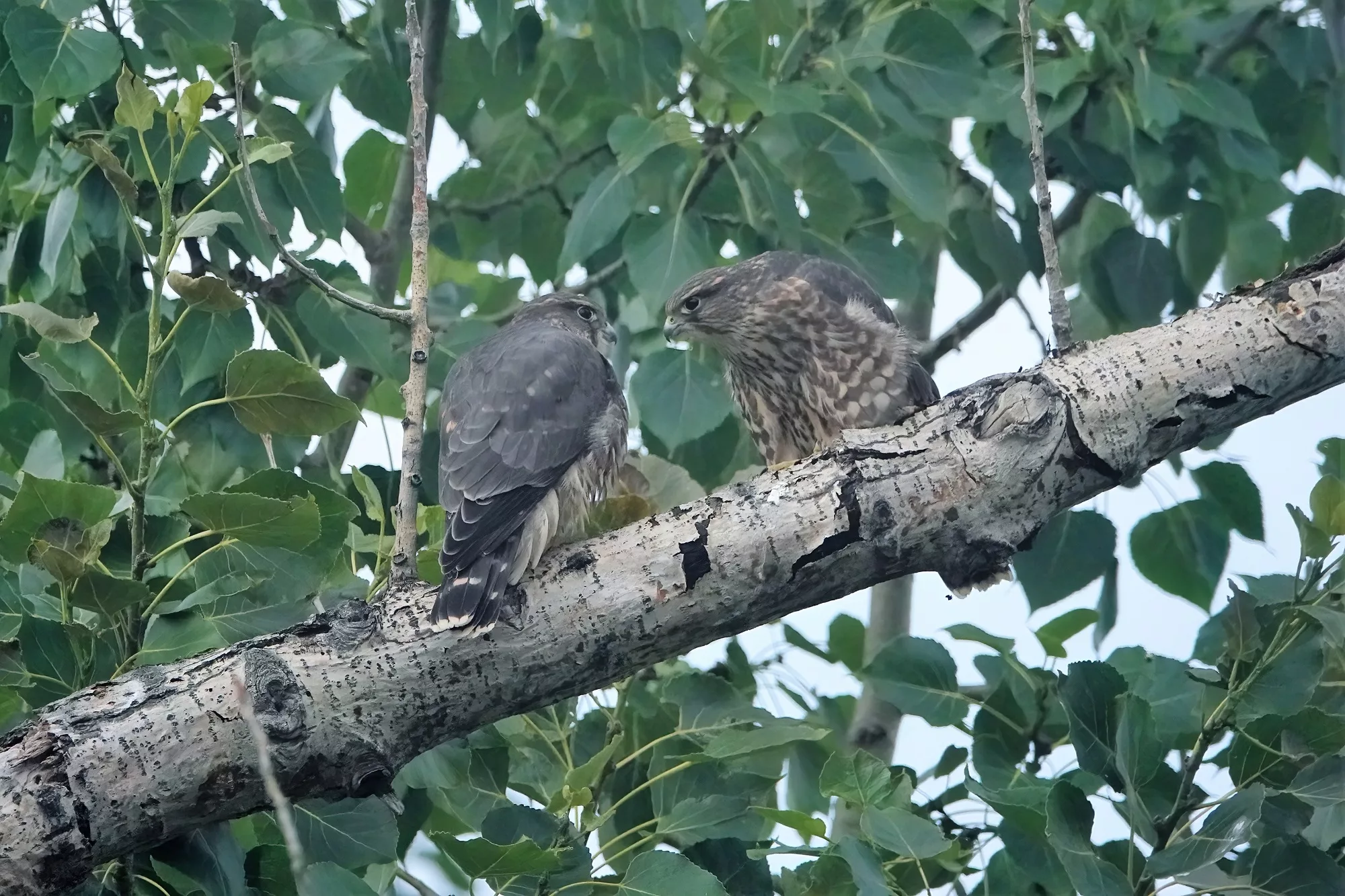 John Geary
John Geary
I couldn’t believe my eyes. There on the ground by the creek, 30 metres away, sat a merlin falcon. I tried getting closer, but eventually I breached its personal space and it flew up into a tree.
Birds are not the only animal residents in Fish Creek Provincial Park. Mule deer, coyotes, porcupines, mink and Richardson’s ground squirrels provide regular wildlife encounters.
When Fish Creek first opened, it was south of the city’s nearest development but as the population grew in the 1990s, it became surrounded by residential sprawl. Now the Calgary LRT passes right through it alongside the McLeod Trail, dividing the park into two very different east and west sides. It stretches from the Bow River at its eastern boundary along a narrow valley, west to the Tsuu T’ina First Nations territory.
The east side is characterized by open parkland/grasslands, dotted with aspen and poplar trees. The west features mixed forests of deciduous and coniferous trees. Some pathways are paved, others are gravel.
In addition to walking the trails, you can fish along the Bow River. In winter, you can snowshoe and cross-country ski.
Pacific Spirit Regional Park, Vancouver, BC
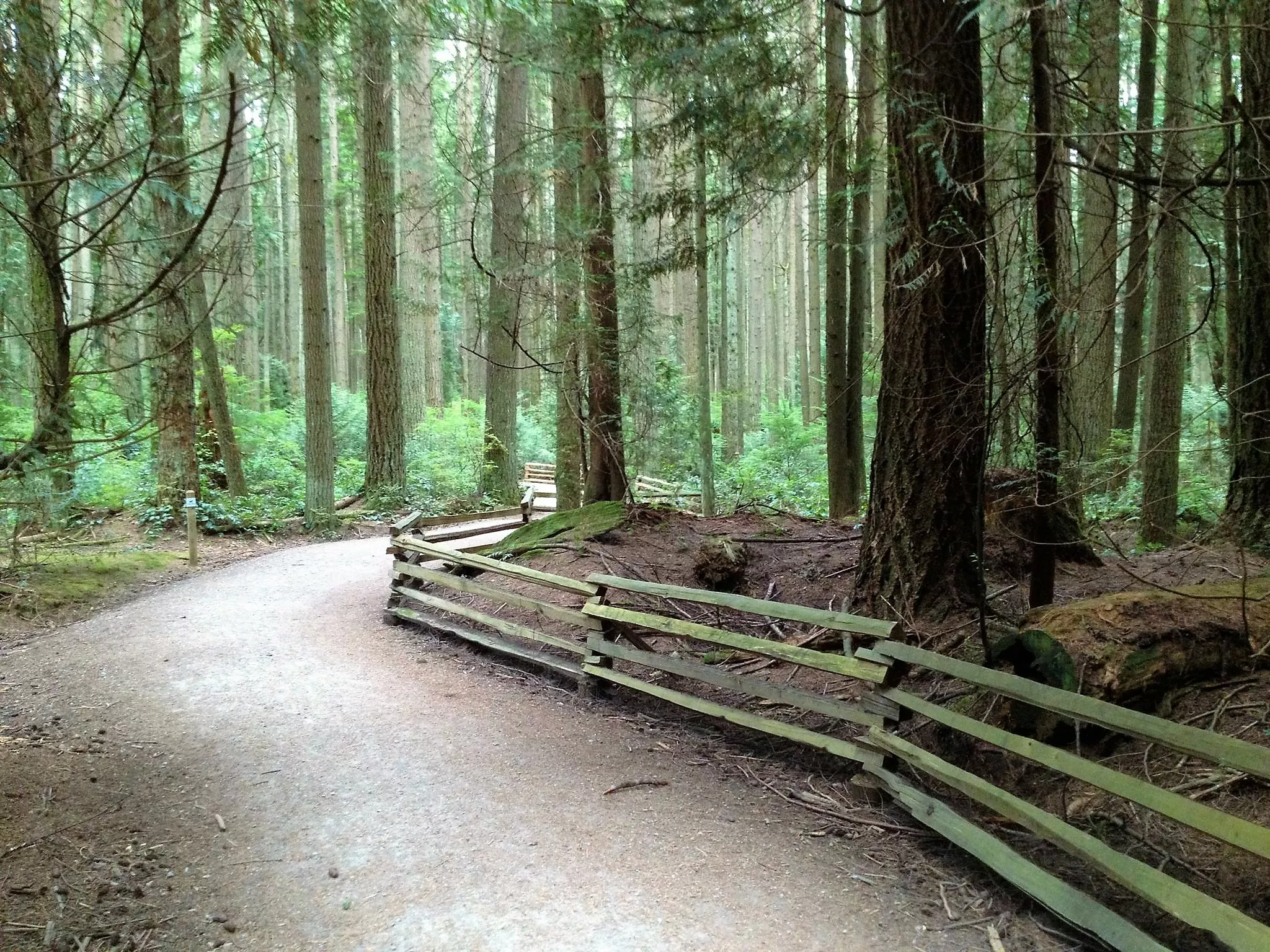 John Geary
John Geary
There it was again: a distinct hammering sound. I scanned the trees overhead and discovered the source: a pileated woodpecker, high up in the canopy. I couldn’t coax it down closer to get a photograph of Canada’s largest woodpecker.
In a place like Pacific Spirit Regional Park, using your ears often helps you locate wildlife before your eyes do. The 55 kilometres of easy, well-marked walking trails (and 37 kilometres of cycling trails) lead through 750 hectares of coniferous forest of Douglas-firs, Sitka spruce and western red cedar.
You might just want to keep your eyes on the trail and enjoy the scent of the forest in slow, deep breaths. There are plenty of interesting plants and fungal formations on the trees along the trails.
If you want to enjoy nature but don’t feel very energetic, Acadia Beach is also part of the park, on the north side of the headland jutting into the ocean. You can sit on the beach and watch the seabirds bob along the waters of Spanish Banks. Like all of these urban nature oases, the park is transit accessible.
More Outdoor Adventures in Canada:
Creating Space for the 2SLGBTQI+ Community in Canada’s Outdoors
15 Epic Outdoor Adventures in Quebec
25 of Ontario’s Best Spring and Summer Outdoor Adventures









